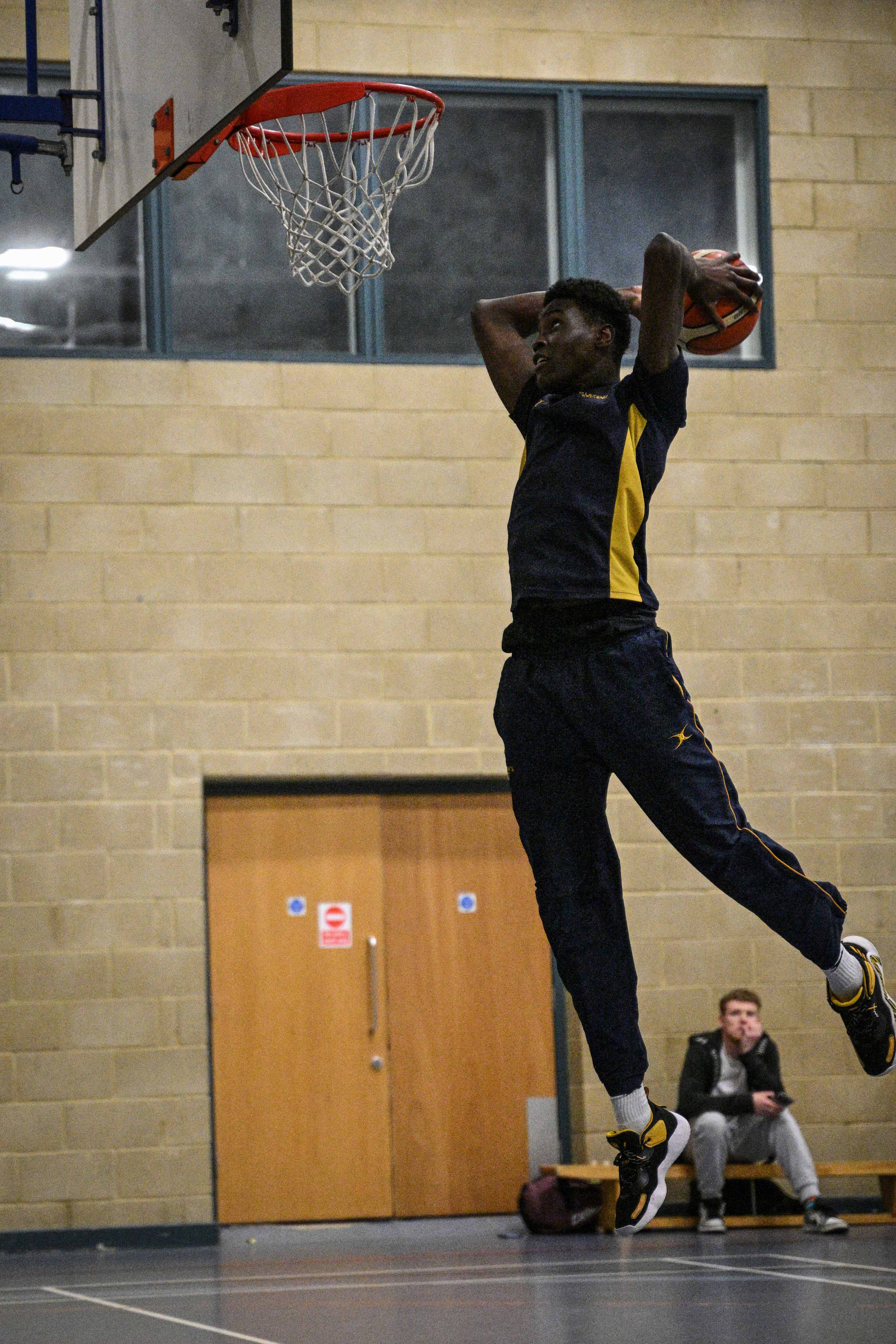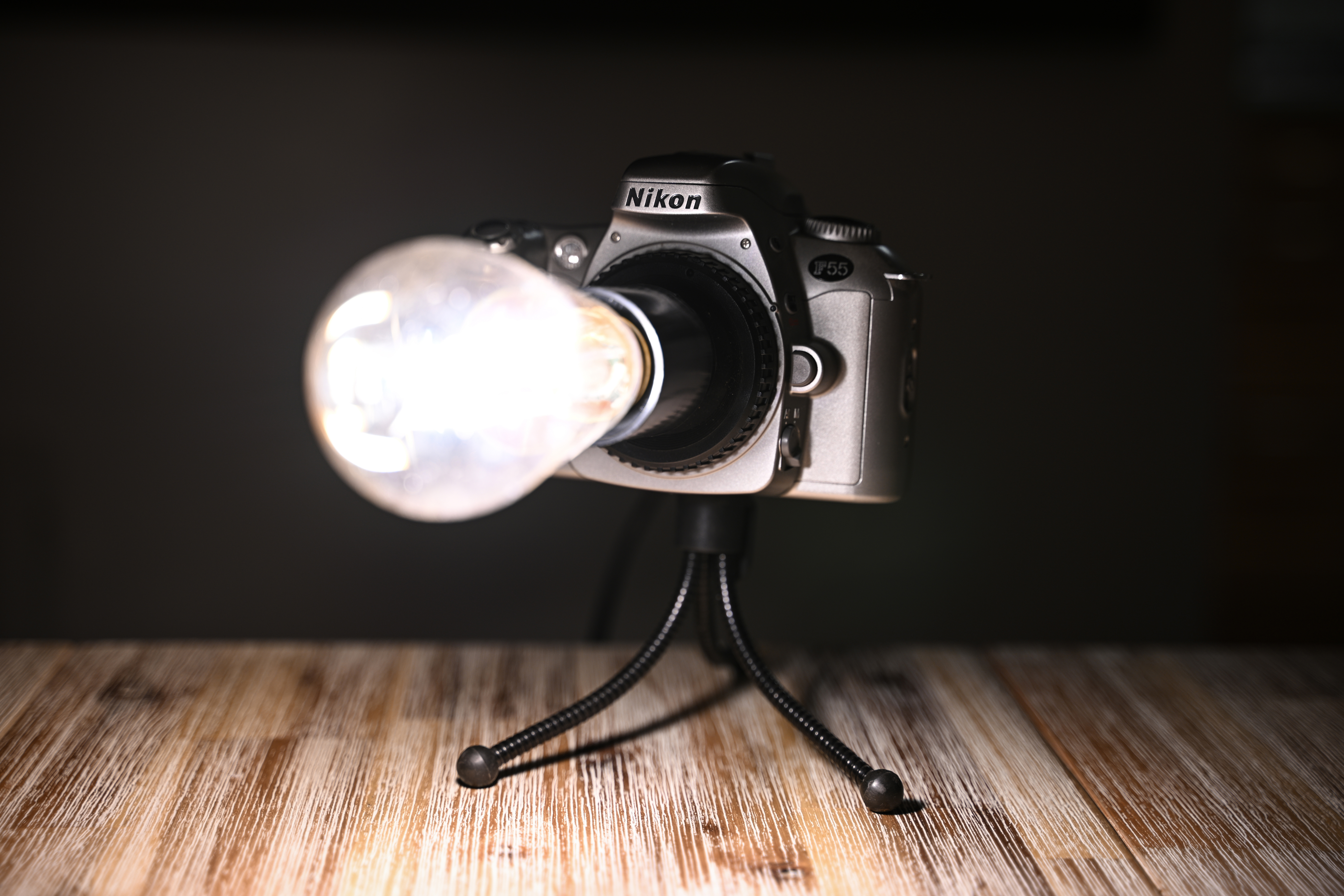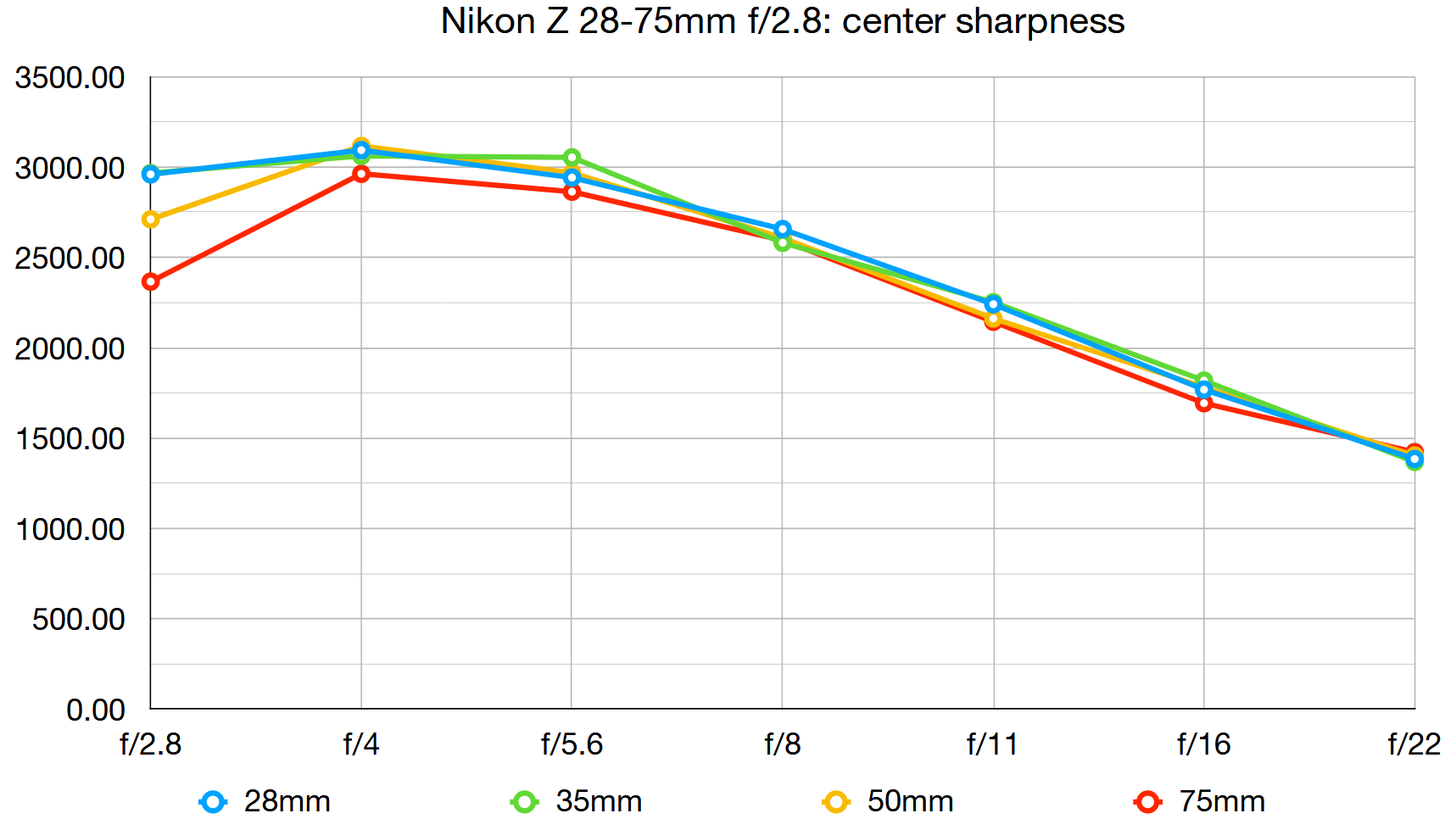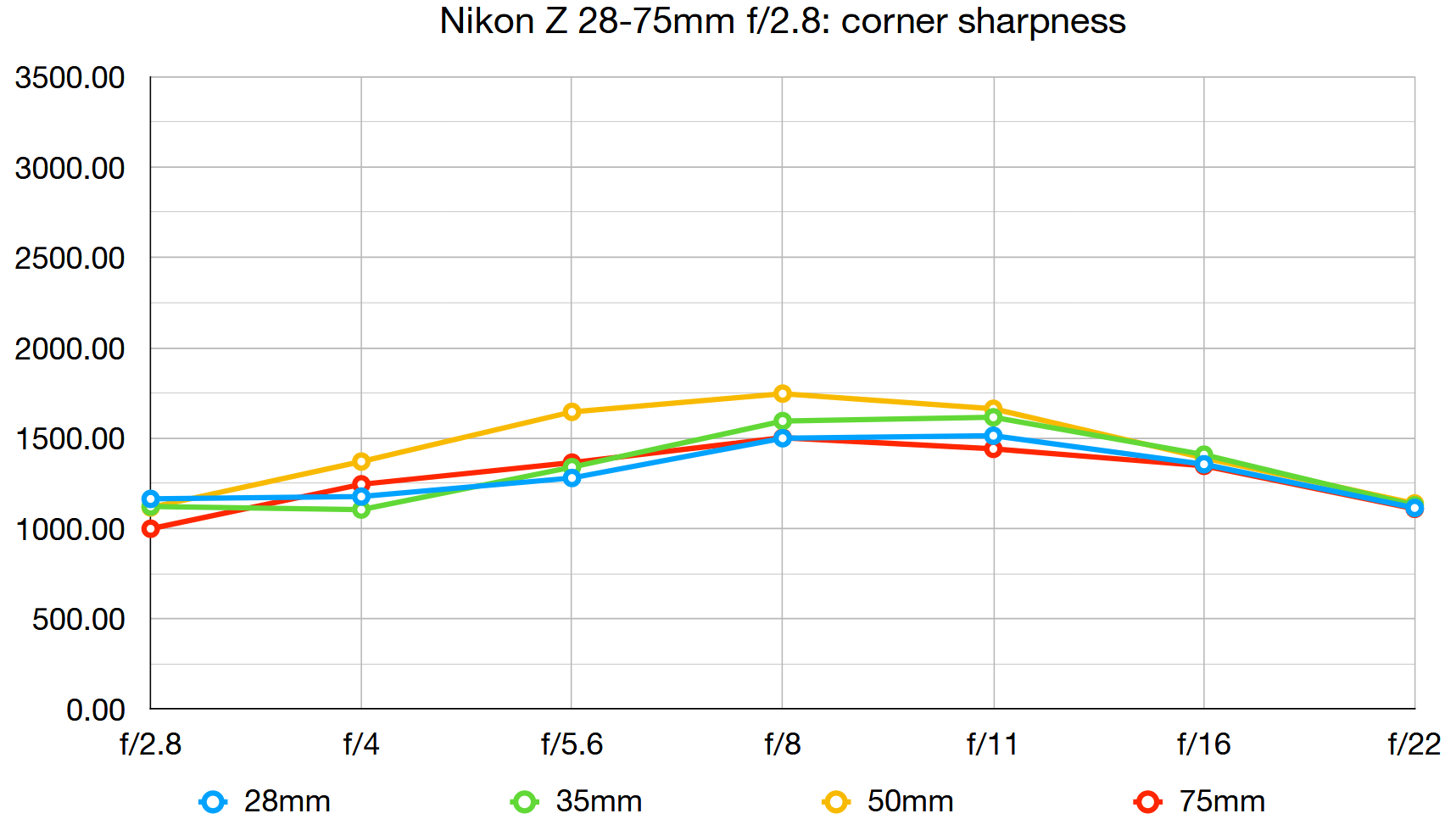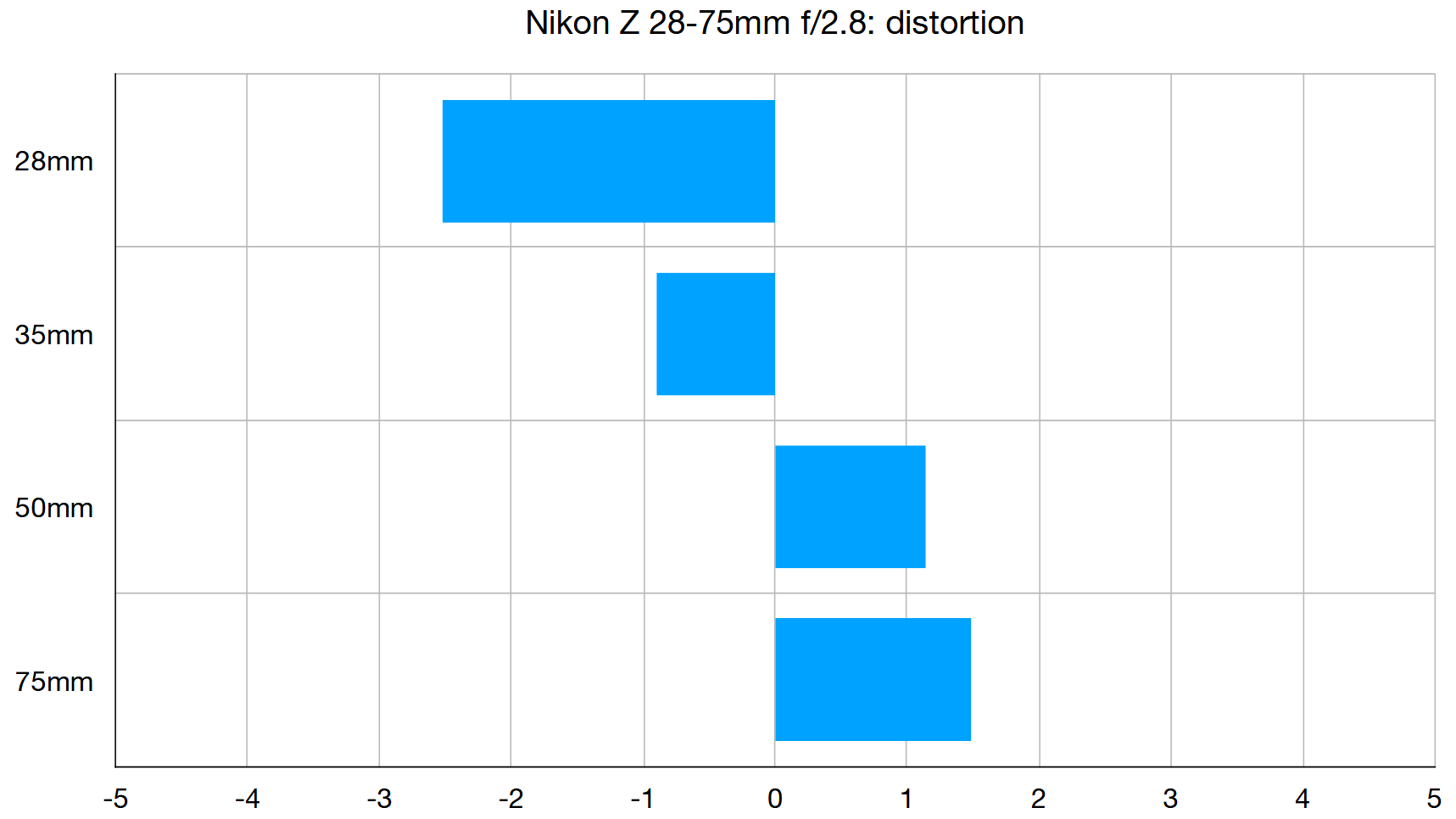Digital Camera World Verdict
The Nikon Nikkor Z 28-75mm f/2.8 is an absolutely stunning lens. What you're getting here is a small, lightweight, super sharp (centrally, at least) optic that gives you a precious bit of extra reach at the expense of less width. The 24-70mm S lens boasts slightly better corner sharpness, but otherwise we'd put the two on a par optically. So if the slightly quirky focal length works for you, we would recommend the 28-75mm f/2.8 without hesitation – especially at virtually half the price!
Pros
- +
Superb center sharpness
- +
Weather sealed
- +
Quick, quiet autofocus
- +
Minimal focus breathing
Cons
- -
Quirky focal length
- -
No image stabilization
Why you can trust Digital Camera World
The Nikon Nikkor Z 28-75mm f/2.8 is a fascinating proposition. Technically it's not quite a trinity lens, falling outside the traditional 24-70mm configuration, yet it boasts a constant f/2.8 aperture and near S-lens performance.
Obviously the Nikon Nikkor Z 28-75mm f/2.8 is longer but not as wide as the trinity sibling it will be compared to, the Nikon Nikkor Z 24-70mm f/2.8 S, but it has a significant trick up its sleeve: it's about half the price.
Getting trinity trappings in a lens like this, with everything from the constant fast aperture to weather sealing, means that this is one of the best Nikon Z lenses for professionals and enthusiasts alike.
Indeed, we tested it on the Nikon Z9 under some very challenging indoor sports conditions and we would happily take it with us on any pro commission. So how good is it, and is it worth buying over the Z 24-70mm f/2.8?
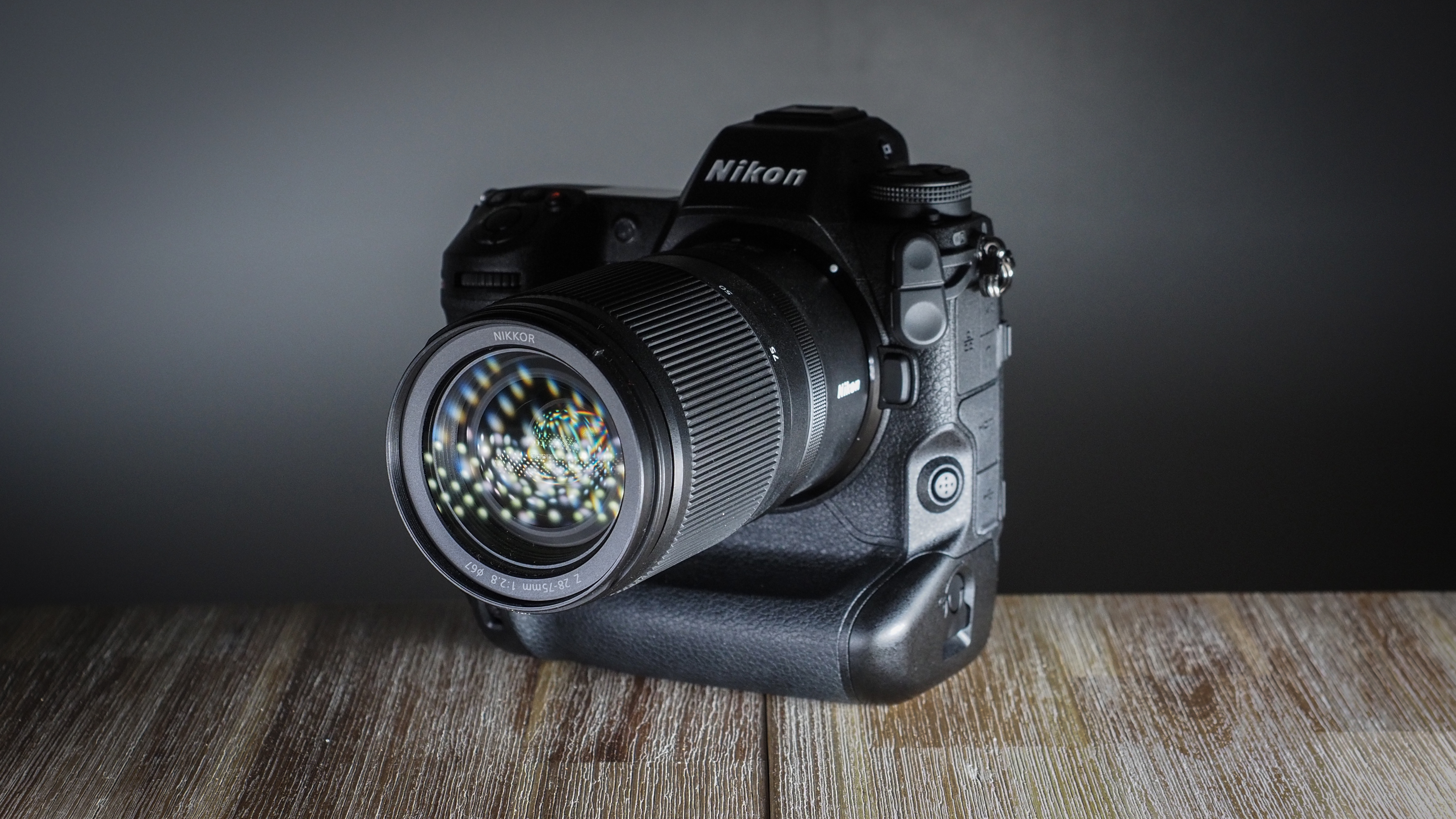
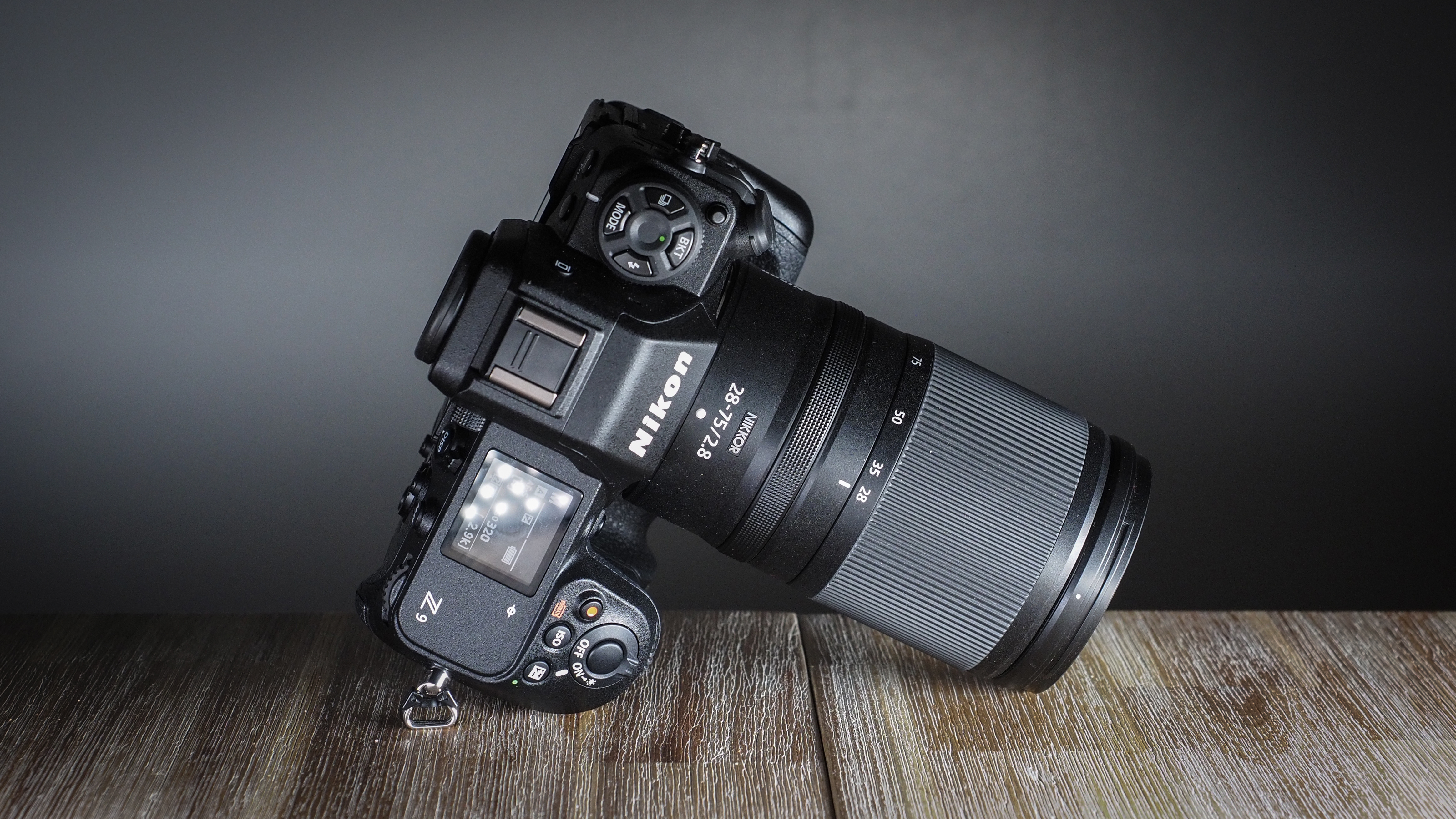

Nikon Nikkor Z 28-75mm f/2.8: Specifications
Mount: Nikon Z
Full frame: Yes
Lens construction: 12 elements in 10 groups
Angle of view: 71.5-105.3 degrees
Diaphragm blades: 7
Autofocus: Yes
Full frame: Yes
Image stabilization: Yes
Weather sealing: Yes
Minimum aperture: f/16
Minimum focusing distance: 0.15-0.24m
Maximum magnification ratio: 0.25-0.13x
Filter size: 67mm
Dimensions: 73x86mm
Weight: 335g
Nikon Nikkor Z 28-75mm f/2.8: Key features
It's tempting to look at this as the 'budget version' of the Z 24-70mm f/2.8, but that does this lens a gross disservice. Though of course, clocking in at half the price of its sibling is definitely a big plus point.
Its key characteristic is the unusual 28-75mm focal length. Of course, Nikon is no stranger to quirky focal lengths with its Z lenses, as evidenced by the likes of the Nikon 120-300mm f/2.8E.
The best camera deals, reviews, product advice, and unmissable photography news, direct to your inbox!
The constant f/2.8 aperture throughout the zoom range makes this a pro-level performer, too, making the 28-75mm f/2.8 a great option for working in low light and also isolating subjects – which it does ever-so-slightly better than the 24-70mm f/2.8, given the extra focal length.
Being a weather-sealed optic means that you can shoot in challenging conditions when paired with a similarly sealed body, such as the Nikon Z6 II and Nikon Z7 II.
Nikon Nikkor Z 28-75mm f/2.8: Build & handling
The Nikkor Z 28-75mm f/2.8 is a beautiful lens to use, being both lightweight and very well balanced. As noted, we tested it on the Nikon Z9 and found it to be a particularly perfect partner for shooting sport.
While it certainly doesn't feel cheap or plasticky, as a non-S lens this does feel noticeably less rugged and substantial than the Z 24-70mm f/2.8, though by no means is that a strike against it.
The lack of distance scale may be irksome for some, but perhaps less so than the lack of image stabilization. Though again, when paired with the likes of the Z6 II, Z7 II and Z9, Nikon's in-body image stabilization is so good that it provides more than adequate compensation even when shooting at the long end.
The zoom ring is perfectly tuned for fast, precise framing – and creep was not in any way a problem, even with the lens left dangling for long periods while shooting with a second body.
Something that will delight videographers is that focus breathing is minimal, which combined with the smooth and near-silent autofocus system makes this a perfect all-purpose lens for capturing video.
Nikon Nikkor Z 28-75mm f/2.8: Performance
While this isn't an S-line lens, it delivers optical performance that is very, very good. In particular center sharpness is exquisite throughout the focal and aperture ranges, including when shooting wide open. That said, corner sharpness doesn't really become worth writing home about until you start hitting f/8 or so.
The autofocus is sharp and snappy, more than capable of keeping up with the lightning-fast Nikon Z9 when tracking erratic subjects such as full-speed basketball players. And obviously it handles everyday shooting subjects with no problem at all.
The AF mechanism is also very quiet, meaning that the 28-75mm f/2.8 is ideally suited to videography (where, again, it was able to keep up with the frenzy of full-court basketball play).
We had no problems finding focus even in dark and dimly lit conditions, which admittedly had a lot top do with the Z9, but again it speaks highly of this lens that it can keep up with the flagship camera without having the S designation.
The quality of rendering is quite something, capturing real three-dimensionality, and the bokeh produced is also very pleasing. Shooting at the long end, wide open, will deliver portraits with almost prime-worthy subject separation.
Nikon Nikkor Z 28-75mm f/2.8: Lab data
We run a range of lab tests under controlled conditions, using the Imatest Master testing suite. Photos of test charts are taken across the range of apertures and zooms (where available), then analyzed for sharpness, distortion and chromatic aberrations.
We use Imatest SFR (spatial frequency response) charts and analysis software to plot lens resolution at the center of the image frame, corners and mid-point distances, across the range of aperture settings and, with zoom lenses, at four different focal lengths. The tests also measure distortion and color fringing (chromatic aberration).
Sharpness:
Considering the Z 28-75mm isn't one of Nikon's premium S-line lenses, center-frame sharpness is absolutely sensational at all focal lengths and apertures through to f/16. Inevitably corner sharpness is much less remarkable, and is borderline disappointing wide open – you'll need to stop down to f/8 to get sharp corners.
Fringing:
Color fringing is absolutely negligible at all focal lengths and apertures, just becoming barely visible at 28mm while using narrower apertures.
Distortion:
Usually Nikon Z cameras automatically correct distortion for both JPEG and RAW files. However, by testing the lens on a newly-released Z9 body which presumably didn't yet have a firmware update to correct distortion from the equally new Z 28-75mm, we were able to see the lens' true degree of distortion. There's noticeable barrel distortion at 28mm, which transitions to moderate pincushioning at 50mm and longer.
Nikon Nikkor Z 28-75mm f/2.8: Verdict
The Nikon Nikkor Z 28-75mm f/2.8 is an absolutely stunning lens – and one that, for our money, we'd pick over the much pricier Nikon Nikkor Z 24-70mm f/2.8 S.
What you're getting here is a small, lightweight, super sharp (centrally, at least) optic that gives you a precious bit of extra reach at the expense of less width. While obviously this is a case of different strokes for different folks, when shooting sports this is an ideal compromise.
Certainly the trinity S lens boasts slightly better corner sharpness, but otherwise we'd put the two on a par optically. So if the slightly quirky focal length works for you, we would recommend the 28-75mm f/2.8 without hesitation – especially at virtually half the price!
Read more:
Best Nikon cameras
Best Nikon lenses
Best Nikon standard zoom lenses
Best standard zoom lenses

James has 25 years experience as a journalist, serving as the head of Digital Camera World for 7 of them. He started working in the photography industry in 2014, product testing and shooting ad campaigns for Olympus, as well as clients like Aston Martin Racing, Elinchrom and L'Oréal. An Olympus / OM System, Canon and Hasselblad shooter, he has a wealth of knowledge on cameras of all makes – and he loves instant cameras, too.

